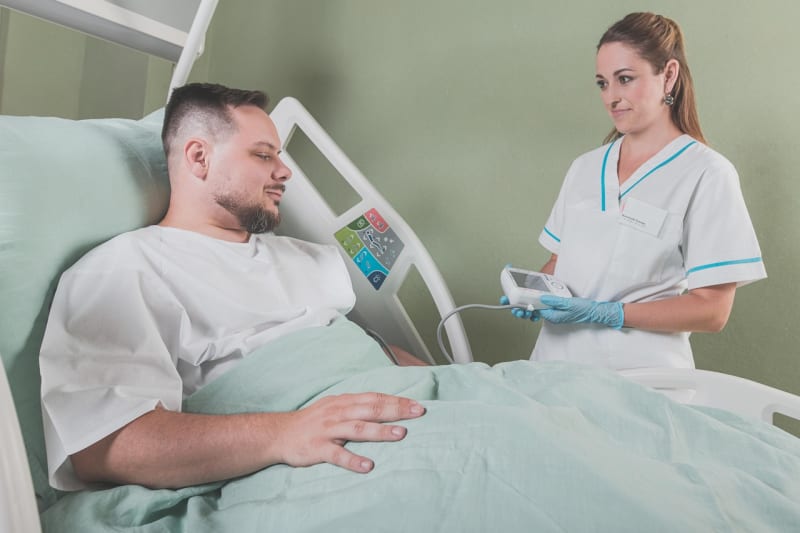Going digital improves healthcare operations on several fronts. Operations management systems, such as pharmacy inventory software and appointment scheduling software, reduce human error by tracking changes in real-time and alerting staff to issues that require more attention.
Centralizing patient data further revolutionizes care. Electronic health records (EHR) make it easier to coordinate care between different medical professionals because they can all access the most up-to-date information about a patient's condition, history, and diagnostic results.
Digitizing routine tasks also frees up medical professionals to focus on points of care that have the most impact on patients. With the help of remote medical scribes and other virtual support staff, smaller practices can operate as effectively as larger organizations.
Reaching patients who have significant barriers to healthcare, such as disabled, elderly, and marginalized groups, is an ongoing challenge. Telemedicine is a gateway to greater health equity, allowing medical professionals to communicate remotely with patients.
Not only does this increase access to specialists and reduce traffic into busy medical offices, but it also enables more personalized engagement with patients who might otherwise fall between the cracks. Healthcare support teams can use these remote sessions for everything from consultations and check-ins to equipment and medication tutorials.
Remote patient monitoring (RPM) techniques give healthcare professionals up-to-the-minute information, which they can use to implement life-saving interventions. In their everyday lives, it's easy for patients to overlook signs and symptoms of a growing health risk. By using in-home equipment and wearable devices that continually deliver data to healthcare providers, medical professionals can monitor changes, detect medical emergencies, and quickly dispatch help when necessary.
RPM devices enable better health maintenance and preventive health services. For example, patients who need help learning how to manage serious conditions like autoimmune disease, cancer, and diabetes can receive personalized feedback based on their unique health and lifestyle patterns. Healthy and at-risk individuals benefit from using wearable tech to monitor current behavior and identify opportunities to make lifestyle changes. Taking these preventive steps reduces the need for more intensive, costly medical care down the road.
Healthcare databases and automation give medical professionals the insight and integration needed to drive other forms of innovation. Now that healthcare teams have access to massive amounts of data, they are able to use machine learning to rapidly analyze information about different populations and identify trends that would normally be difficult to uncover.
Using statistics and algorithms, predictive analytics make it possible to address gaps in healthcare, identify disease risk factors, and provide more precise diagnoses. This is especially important for achieving health equity, as marginalized groups are often underrepresented in medical studies. Combined with more robust data, predictive analytics allow professionals to look closely at more refined data sets and evaluate how health conditions manifest differently across diverse populations.
Automation also increases the accuracy of health tracking and forecasting, helping medical professionals figure out which interventions will produce the best outcomes.
Healthcare technology is opening the door to treatment options that weren't possible in the past. While still in the early stages, technology like 3D printing empowers medical professionals to develop better prosthetics and implants for patients. Research fields like bioprinting are using tissue engineering to gain a deeper understanding of human biology and healing.
Armed with better information and advanced equipment, all the stakeholders involved in healthcare can develop treatments and policies that will have a positive impact on patients.
